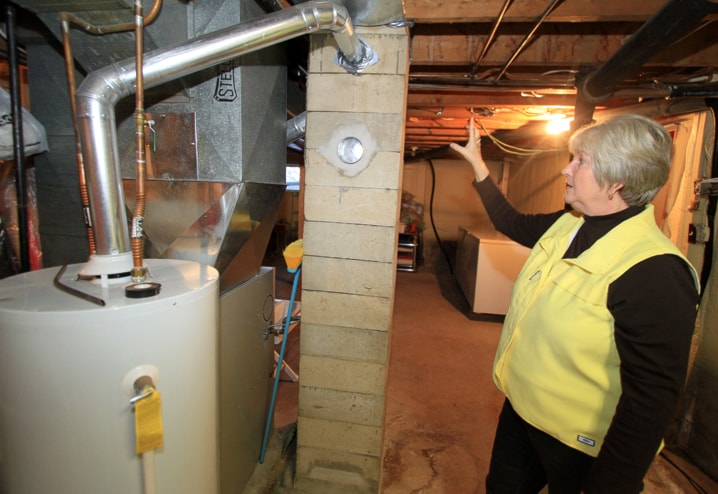A rare fungal disease for Canada, contracted by inhaling spores from bird or bat droppings, was confirmed in Central Alberta this summer.
The region had three confirmed and two suspected cases of people who developed the fungal infection histoplasmosis that can affect the lungs and require antifungal drugs.
“It’s not something that’s endemic to Central Alberta. It’s not even very common in Canada,” said Dr. Ifeoma Achebe, one of the medical officers of health for Alberta Health Services Central Zone, on Tuesday.
“It’s something we see every once in awhile. Edmonton had a cluster of cases in 2006, something similar to what we have now.”
She said the fungus is more common in parts of the United States where the type of soil contaminated with bird or bat droppings encourage the fungus to grow.
A few of the Central Alberta cases were in the Ponoka area and included Donna Rudd, 62, who was severely infected in early June.
Rudd said her lungs may never be the same.
“My lungs still have growths in them. They may stay as scar tissue. I just had a CT scan this week and I go to the specialist on Thursday to find out if they have quit growing or not,” Rudd said.
She became seriously ill with fever, confusion, chills and aches about 10 days after cleaning up what she initially thought were mouse droppings in her basement by her chimney.
She opened a chimney vent and used a shop vacuum to remove about two gallons of droppings and found a dead bat.
After two trips to hospital emergency departments, complete with x-rays and blood work, her family doctor referred her to a lung specialist in Edmonton after a CT scan showed lesions on her lungs.
A disease specialist with the University of Alberta Hospital confirmed Rudd had histoplasmosis.
Droppings from Rudd’s chimney tested positive for histoplasma.
She knows of another person in the Ponoka area who experienced the same symptoms and ended up in hospital after demolishing an old chimney that had mouldy bat droppings in the spring. Histoplasmosis was suspected.
Rudd said Central Albertans need to be warned.
Achebe said Alberta Health Services is getting the message out by talking to media and sending letters to doctors.
Most patients who develop histoplasmosis do not require treatment. Symptoms can occur five to 18 days after exposure.
“A lot of people breath it in and are able to fight it off. Some people come down with the symptoms,” Achebe said.
When cleaning contaminated areas, people should spray a mixture of bleach and water to reduce the dust and wear protective clothing and a mask with a filter.
Rudd said she was lucky to find a furnace company who knew how to safely clean out her chimney and someone else to trap the bats.
Lorne McClaflin, owner of Twilight Bat Control Co. Ltd., who trapped about eight bats at Rudd’s home and has been trapping for 10 years, said it’s the first time he’s heard of histoplasmosis in Central Alberta.
Bats can also be infected by the disease.
McClaflin does live bat trapping for release and bat prevention across Alberta and rids bats from about 30 homes a year.
He said bats live in colonies and are very territorial. They’ll come back year after year.
“There’s a lot more bats in people’s places then you realize just because they are so silent and no one pays attention at night when they’re getting in,” McClaflin said.
“I do just as many new homes as I do older.”
szielinski@www.reddeeradvocate.com
